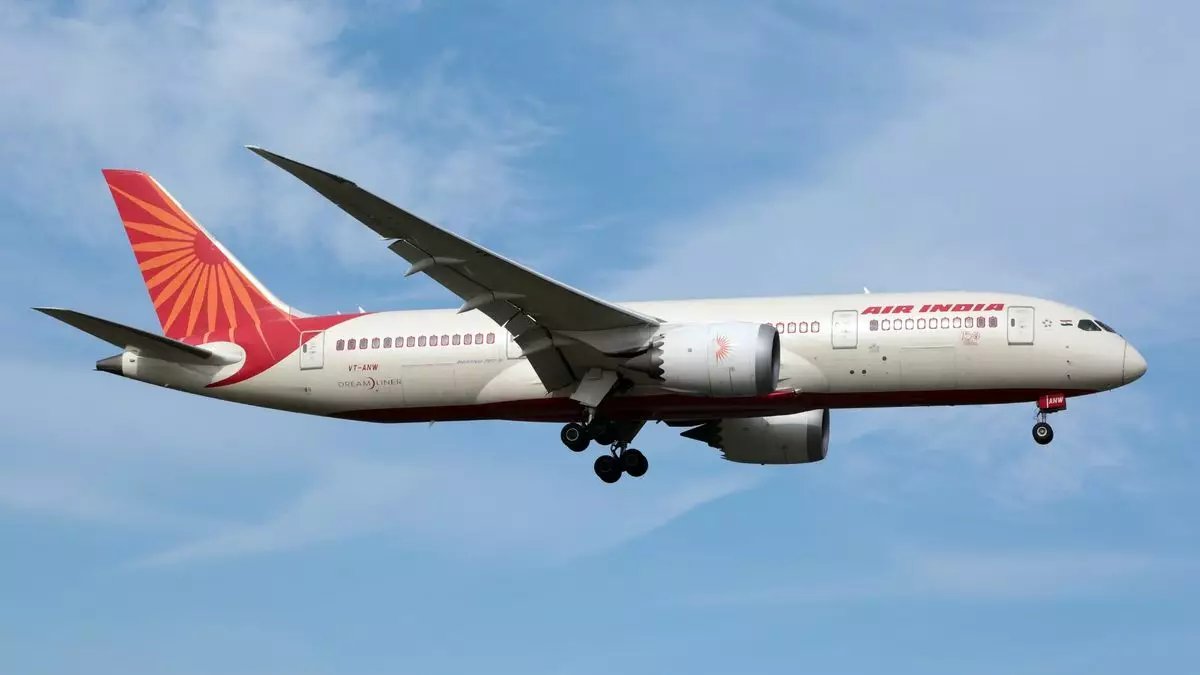The harrowing crash of Air India Flight 171 exposes serious vulnerabilities within the aviation safety framework, highlighting that even with advanced aircraft technology, human error and overlooked procedural details can have devastating consequences. The preliminary investigation reveals unsettling evidence: the fuel cutoff switches, meant to be used during emergencies or after landing, were moved to the off position mere seconds after takeoff. This anomaly raises questions about cockpit protocols, pilot awareness, and system safeguards that are supposed to prevent such errant switches from being engaged unintentionally during critical flight phases.
Most alarming is the timing—just a brief three seconds post-liftoff—when these switches transitioned from ‘run’ to ‘cutoff’. This rapid, unexplained action, documented by cockpit recordings, suggests a serious breakdown in communication or situational awareness among the flight crew. It underscores the importance of rigorous crew training, emphasizing the need to recognize, report, and rectify such anomalies immediately. The fact that the switches were later reset—engine one being turned back on after ten seconds, and engine two shortly thereafter—further illustrates that the crew was actively trying to recover from a critical loss of engine power. Yet, the fact that one engine failed to respond, and the aircraft ultimately crashed, points to deeper systemic flaws that must be addressed.
The Role of Human Factors and System Safeguards
While the investigation stops short of assigning blame, the cockpit voice recordings offer a disturbing snapshot of potential lapses in judgment and situational management. One pilot questioning the reason for the cutoff suggests confusion; the response that they “did not do so” compounds the mystery—was it an accidental act, a confusion during high-stress moments, or a mechanical malfunction? The ambiguity gnaws at a fundamental truth: aviation safety relies on a delicate balance between human vigilance and technological oversight.
Furthermore, the incident exposes the vulnerabilities inherent in manual controls. Modern aircraft are equipped with numerous safety features designed to prevent accidental activation of critical systems, yet this event suggests those safeguards may not be foolproof. The absence of clear, automated lockouts or alerts prior to cutting off fuel indicates a need for enhanced system integration. Additionally, the role of crew resource management must be scrutinized; effective communication and mutual monitoring can make or break outcomes in critical scenarios. This tragedy starkly demonstrates that technology alone cannot compensate for human error or misjudgment if procedural and safety cultures are not robust.
Implications for Future Aviation Safety and Policy
This incident should serve as a wake-up call for airline operators, manufacturers, and regulators worldwide. It compels a critical evaluation of cockpit interface design, pilot training modules, and emergency protocols. Airlines must implement more rigorous simulations, especially focusing on handling unexpected system behaviors during various flight phases. Moreover, there should be an increased emphasis on automated safeguards that prevent critical switches from being moved inadvertently or provide immediate alerts if unusual switch activity is detected during takeoff and climb phases.
Regulators and aircraft manufacturers must scrutinize existing safety systems, ensuring they incorporate fail-safes that alert crews to unintended switch movements before irreversible consequences occur. It is also essential to foster a safety culture where pilots feel empowered to question anomalies without fear of reprimand, thereby promoting vigilant monitoring over trusting mechanical controls alone.
While the investigation is ongoing, this tragic event has already laid bare the stark reality: even the most advanced aircraft are only as safe as the humans operating them. It is incumbent upon the entire aviation community to learn from these failures, reinforce protocols, and prioritize safety at every turn—because in aviation, the margin for error is infinitesimally small, and the cost of complacency is human life.


Leave a Reply